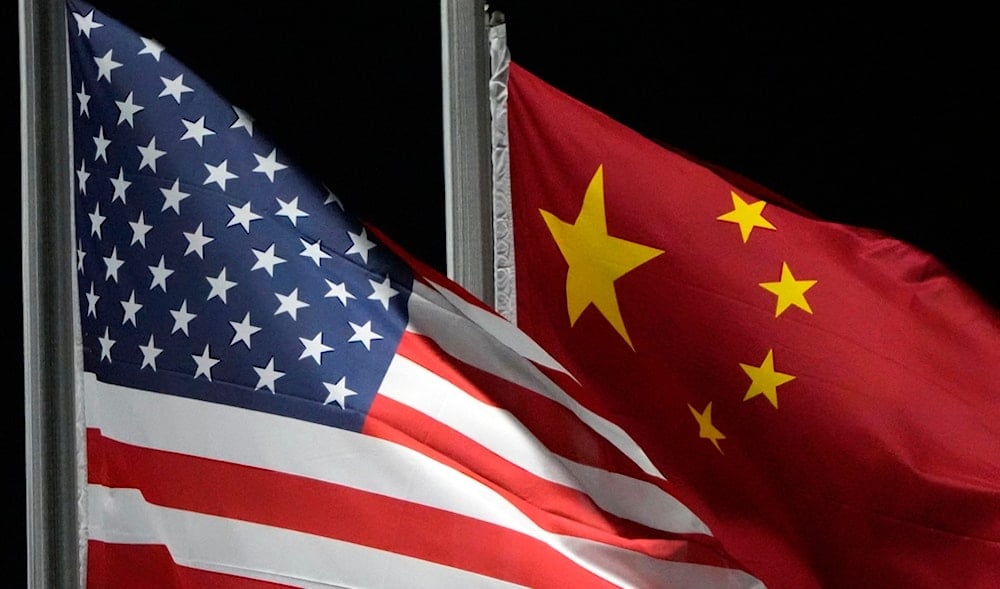China-US trade falls 10.4% in H1-2025 to $289.36 billion
China-US trade dropped 10.4% year-on-year in the first half of 2025 to $289.36 billion, according to China’s General Administration of Customs.
-

The American and Chinese flags wave at Genting Snow Park ahead of the 2022 Winter Olympics, in Zhangjiakou, China, on February 2, 2022. (AP)
China-US trade declined by 10.4% year-on-year in the first half of 2025, reaching $289.361 billion, according to figures released on Monday by China’s General Administration of Customs. The downturn reflects ongoing tensions between the world’s two largest economies.
Despite rising geopolitical and economic frictions, the United States remained China’s third-largest trading partner, following ASEAN and the European Union.
From January to June 2025, Chinese exports to the United States amounted to $215.552 billion, a 10.9% decrease compared to the same period last year. The decline underscores the impact of sustained trade pressures and reduced demand.
Meanwhile, US exports to China dropped by 8.7% year-on-year, totaling $73.808 billion. The figures suggest a continued contraction in China-US economic relations, particularly in high-tech and energy sectors, which have faced added restrictions.
In June alone, bilateral trade reached $49.772 billion, with China exporting $38.169 billion worth of goods to the US. The United States shipped $11.603 billion worth of goods to China, according to customs data.
Possible upturn?
The downturn follows a modest recovery in 2024, when China-US trade increased by 3.7% year-on-year to reach $688.28 billion. The reversal in 2025 highlights the fragility of recent gains amid deepening policy and tariff disputes.
However, the United States will lift a number of restrictive trade measures imposed on China, following the latest round of bilateral trade negotiations, according to a statement issued by China’s Ministry of Commerce.
The Chinese Ministry confirmed that China will approve export applications for controlled goods that meet legal and regulatory requirements. In exchange, Washington has agreed to roll back several trade restrictions that had previously strained bilateral relations.
The agreement comes after continued diplomatic engagement between the two countries, particularly following a high-level meeting held in London, where both delegations reportedly coordinated details of a new framework.
On June 25, US President Donald Trump announced the conclusion of a new trade agreement with China, signaling a potential reset in a trade relationship that had been marked by tariffs, export controls, and political tension.
Read more: US bill proposes 500% tariffs on nations trading with Russia

 3 Min Read
3 Min Read








